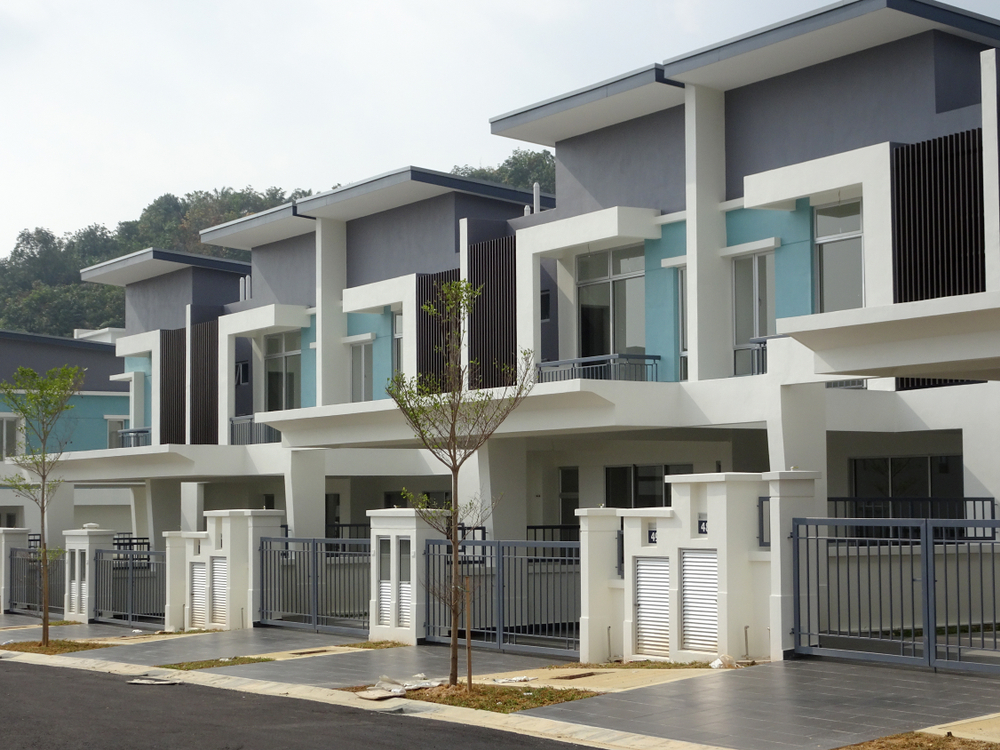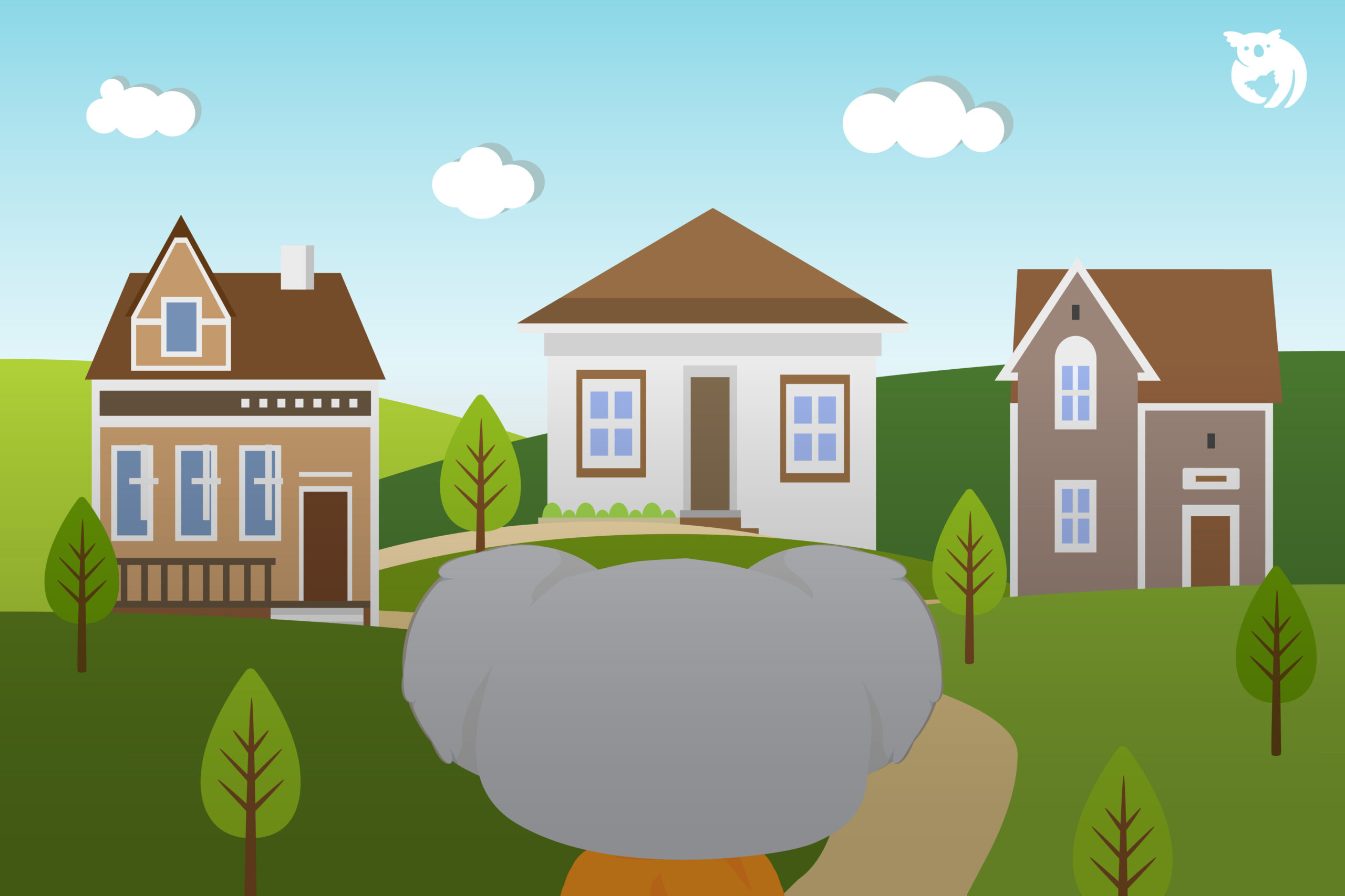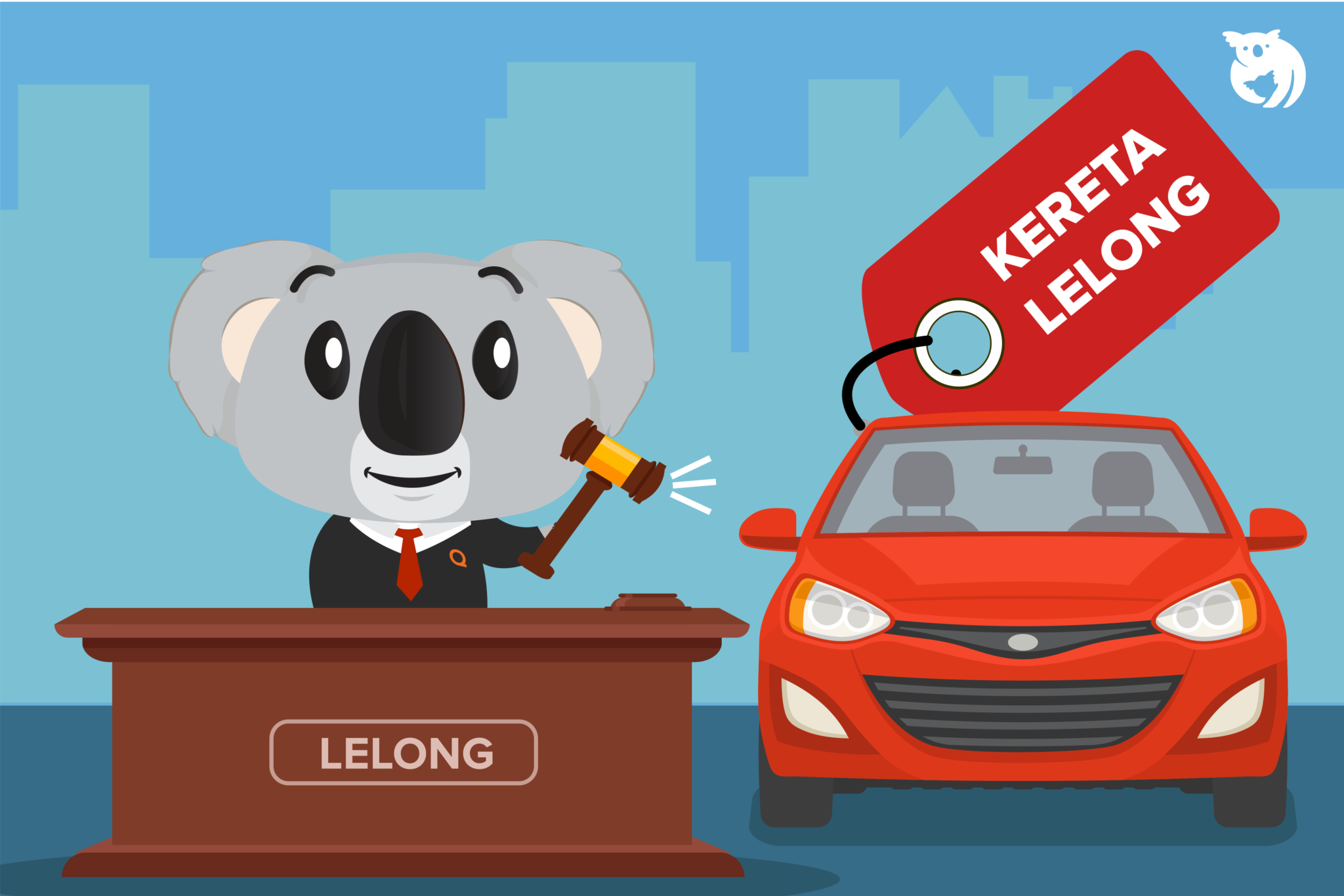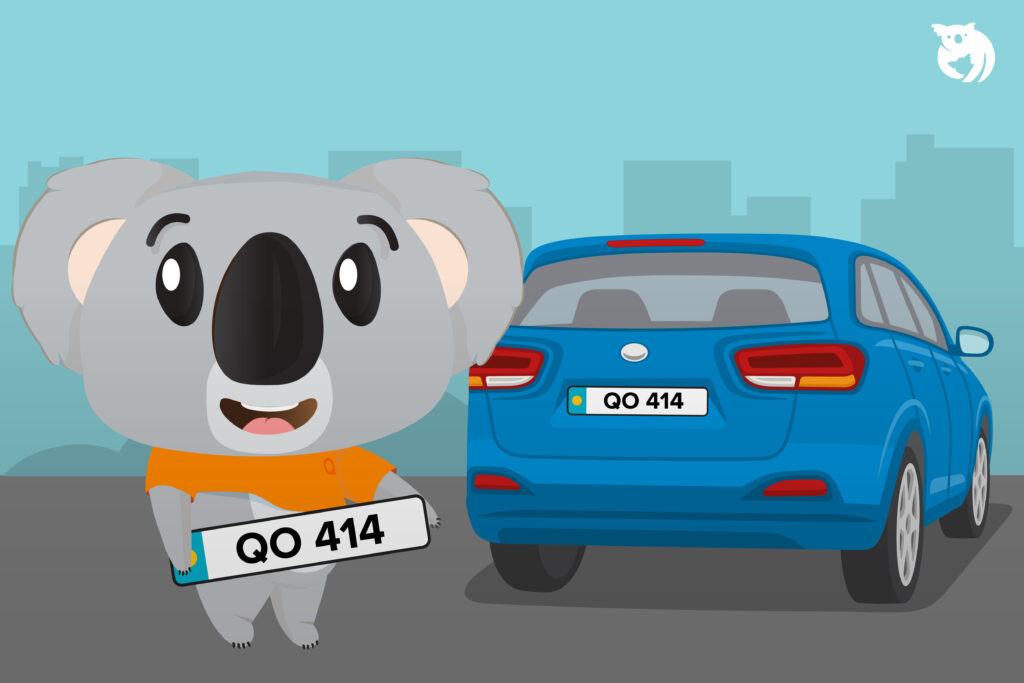Many factors need to be considered before buying a house, including the house-buying process and homeownership costs. Additionally, many homebuyers are still confused and unfamiliar with types of land ownership such as freehold, leasehold, Malay Reserve Land, and others. Therefore, it is important for you to understand the types of land ownership offered in Malaysia before making a decision to purchase your dream home.
What You Need to Know About Freehold, Leasehold, Malay Reserve Land Properties
In essence, there are several types of land ownership in Malaysia, including Malay Reserve Land, Bumi Lot, Freehold and Leasehold. Each has its own advantages and disadvantages. Here is a detailed explanation of each type of land ownership for your reference and guidance.
1. Bumi Lot
“Lot Bumiputera” or “Bumi Lot,” is an exclusive right for the Bumiputera community (including Malays, Sabahans, Sarawakians, and non-Malay Muslims) in Malaysia. This means that non-Bumiputeras cannot own Bumi Lot. Basically, every new property development allocates a certain percentage for the Bumiputera community. In other words, there is a specific quota reserved for Bumiputeras in every new development. For example, in Kuala Lumpur, every property development is required to allocate at least 30% for Bumiputera lots.
The allocation of Malay Reserve Land allows the Bumiputera community to accumulate assets and expand the distribution of Bumiputera population. Additionally, Bumi Lots often offer exclusive discounts and rebates for Bumiputeras. This is intended to encourage Bumiputeras to own their own homes or residences. Malay Reserve Land is generally suitable for those who do not intend to sell the property in the short term. However, selling a Bumi Lot present some difficulties, such as:
- Limited demand due to market constraints (Bumi Lots can only be sold to Bumiputeras, cannot be sold to other ethnic groups);
- Slow appreciation in property value, resulting in minimal profit for sellers;
- Obtaining approval to sell to non-Bumiputeras is challenging from the Land Office.
2. Malay Reserve Land
Malay Reserve Land, also known as “Tanah Rizab Melayu,” is a special type of land exclusively for Malay Muslims. This means that indigenous people from Sabah and Sarawak and non-Malay Muslim individuals cannot purchase or own this type of property. It differs from the Bumi Lot, which is open for sale to the Bumiputera community in Malaysia. Additionally, Malay Reserve Land cannot be transferred or sold to any other group except Malay Muslims, unless approved by the relevant authorities.
Furthermore, the process of converting ownership of Malay Reserve Land is complex. It requires another property of equal value and size to be announced as a replacement, unlike Bumi Lots, which can be converted to non-Bumiputera status and sold to non-Bumiputera individuals under specific conditions. Here are additional distinguishing features between Malay Reserve Land and Bumi Lots:
- Bumiputera owners are not allowed to rent Malay Reserve Land to non-Malays;
- All business activities conducted on Malay Reserve Land must be owned by Malays;
- Publicly traded companies must have Malay shareholders if they operate on Malay Reserve Land.
3. Freehold Properties
Freehold property, also known as freehold land, is a type of land ownership that has no time limit or, in other words, the purchased property can be owned indefinitely. This type of property is highly popular among homebuyers because it allows the ownership to be transferred to future generations without any hindrance from the federal or state authorities.
However, even though freehold property has an unlimited status, the government can still reclaim the land for government-owned development purposes such as highways, public transportation systems, or other public projects. Property owners usually have to sell their houses to the government at market prices without any compensation.
Nevertheless, freehold property remains a preferred choice in the market because it is open to all ethnic groups, easy to sell, and offers higher profits and returns (resale value, capital appreciation, and rental returns) when you sell the property.
4. Pegangan Pajakan (Leasehold)
Leasehold property, on the other hand, refers to property placed on leased land from the government. In other words, the land is considered temporary ownership and is only considered the property of the homeowner as long as the lease period is valid. Typically, the lease period for this type of property is around 99 years, with the shortest lease lasting for 30 years. After the lease period expires, the rental cost for leasehold property is considered wasted as the owner will not receive any compensation once the lease period ends.
However, the owner can still extend the lease by applying at the Land Office, subject to a premium payment based on the desired extended years. The premium rate is usually determined based on the type of property (residential, commercial, agricultural, etc.). Leasehold property can be considered a risky type of property. This is because there is a high possibility of lease extension applications being rejected if the government plans or intends to develop the residential area you inhabit.

We hope this information about property types can help facilitate your first home purchase. Additionally, you can visit the Qoala website for further information on home insurance. Qoala is an easy, transparent, and fast insurance buying platform with competitive and affordable prices.

 EN
EN
 MY
MY








